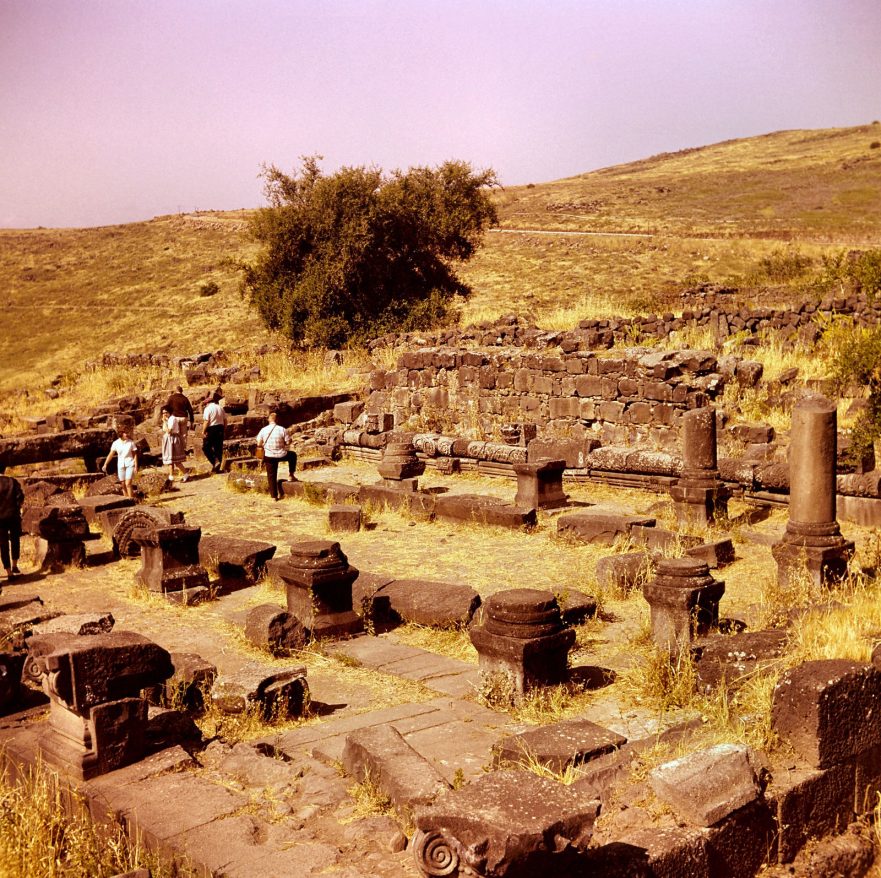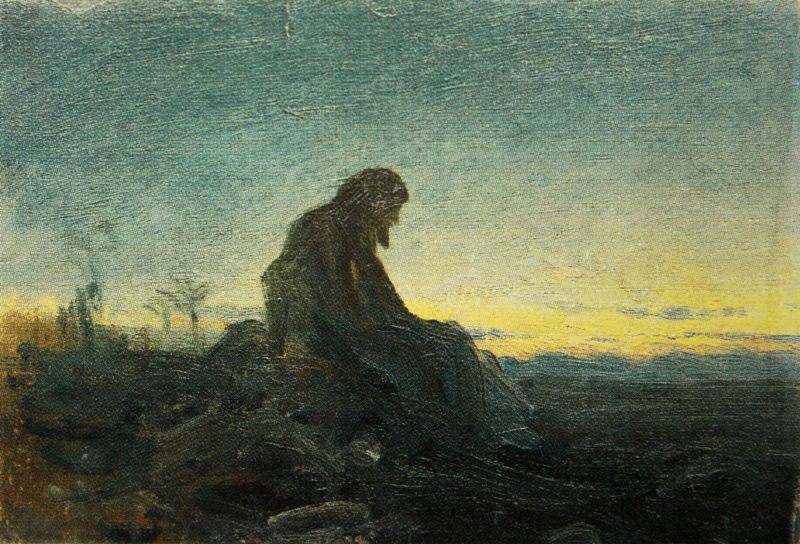The Woes on Three Villages express Jesus’ sorrow that Chorazin, Bethsaida and Capernaum had not responded to his warning not to get sucked into the black hole of violent religious nationalism.
Notes on the New Testament as a Witness for Broader Jewish Patterns in Jesus’ Times
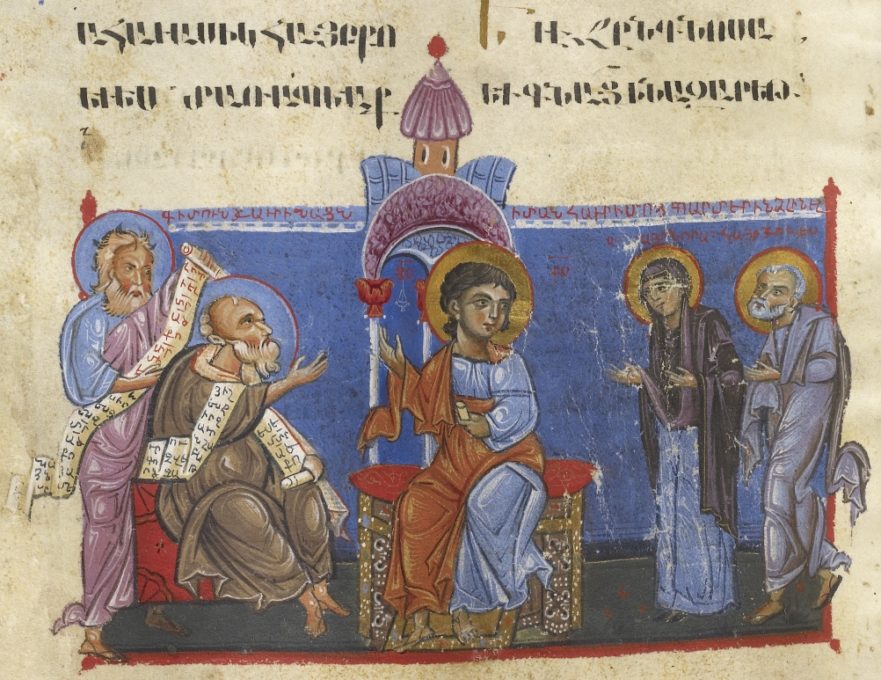
This essay probes a number of Matthean and Lukan contributions to the shared Synoptic narrative, in search of possible reflections of contemporaneous Jewish customs and beliefs with broader circulation.
Did Jesus Save the Life of an Adulteress?

A fresh look at the text and at the historical evidence yields a version of the story of the Woman Caught in Adultery that turns out to be surprisingly different from the way it is usually portrayed.
Joseph’s Silence
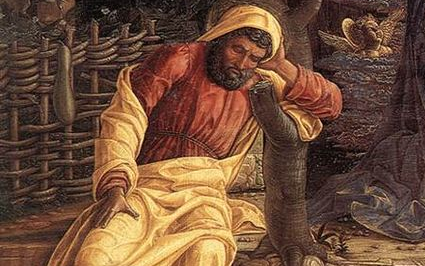
Scripture does not record a single word Joseph ever spoke. But Joseph’s example of quiet faithfulness encouraged others to trust God.
Gospel Postcard: The Garden of Gethsemane
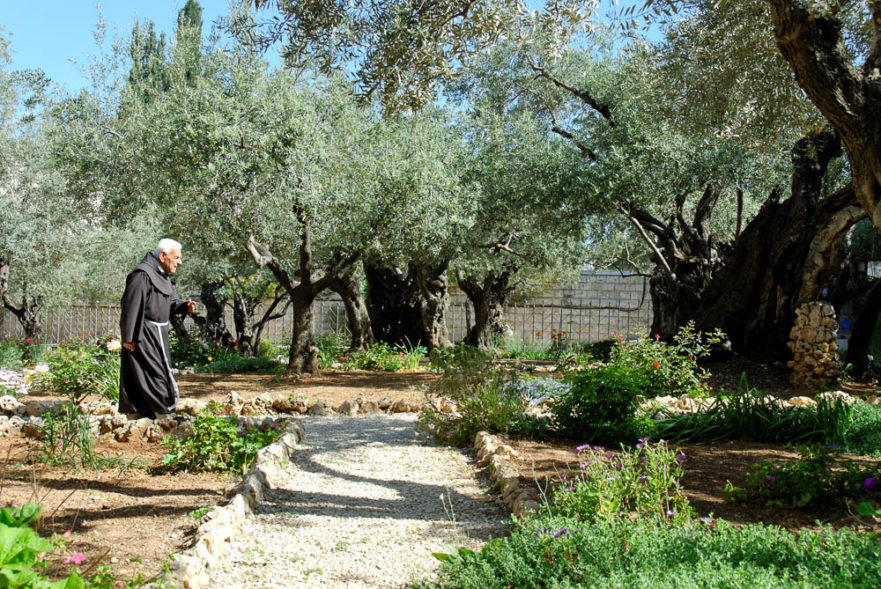
The traditional location of the Garden of Gethsemane is on the lower slopes of the Mount of Olives opposite the Temple Mount and its Golden Gate.
LOY Excursus: Sources of the “Strings of Pearls” in Luke’s Gospel
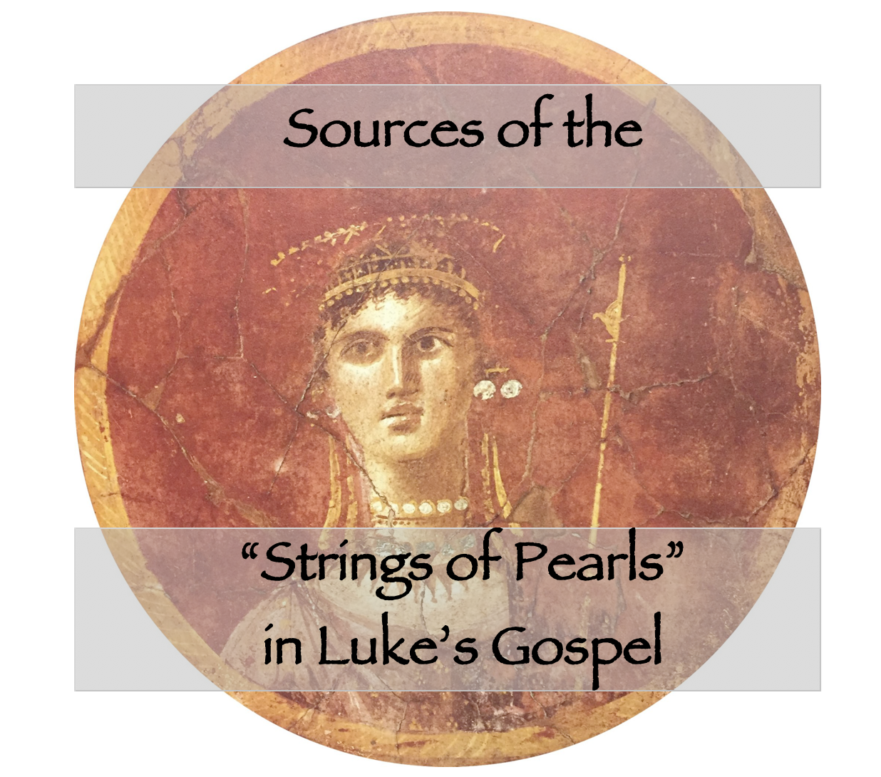
The “strings of pearls” (Luke 8:16-18; 9:23-27; 16:16-18; 17:1-6) offer an example of the outsized influence of the First Reconstruction on the synoptic tradition.
Three Synoptic Studies Resources Now Free

Jerusalem Perspective has made three foundational resources for the study of the Synoptic Gospels freely available to the public via the Internet Archive.
Cumulative Life of Yeshua Greek Reconstructions
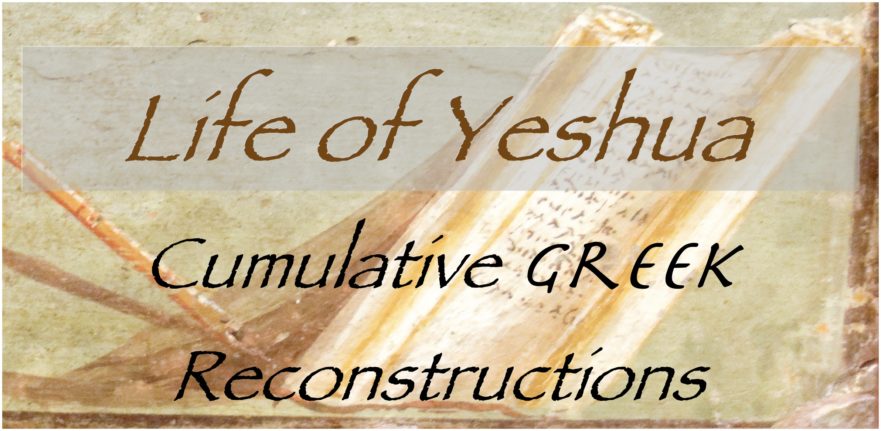
The reconstructed Greek text of the Anthology (thus far completed) with accompanying English translation.

